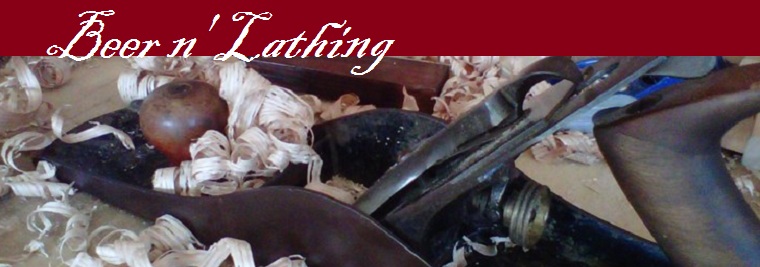Monday, March 30, 2020
A Clean Tool is a Happy Tool
Friday, March 20, 2020
Tools be hanged!
I can't quote her precisely, but it was along the lines of, "Take out everything you don't need. You don't need to get rid of it, store it in the attic until you figure out what to do with it." So that is precisely what I did.
I had house carpentry tools, roofing tool, blacksmith tools, and lots and lots of extra tools. So then began the great purge.
Most of the tools in the shop are now used on a daily basis. Mind you there is still plenty of room for improvement but as long as progress is made I am much happier.
One of the things I've been needing to do is organize my hand drills and hammers, which have been littering the mobile bench because I had no clue what to do with them. I don't find that I use the hand drills much, but I hope to change that in the future.
I have all these glorious ideas of hanging them using pegs and if I could only find the time to do it, I would be happy...but time tends to be a precious commodity of which we all lack. So I decided to hang them using finish nails for the time being, a more attractive solution may present itself later, or not. Whatever, it works for now.
I follow a similar technique with all the hammers. I decided to keep three on hand in the workshop, all older. I've noticed that I tend to use the smallest on the most. My giant framing hammer has no use in the workshop so I set it aside for now. I plan to make a mobile work box for him and his friends later.
I drilled holes in the mallet handles and hung them in front of the drawshave. The smaller one is used on holdfasts and the other is a mortice chisel beater.
Saturday, December 5, 2009
Vintage tools, they just plane crack me up

The meager number of tools shown above are: a Stanley No5 jack plane, 3 foot spirit level, drawknife, hand drill, and carpenter's square.
The square has a chunk missing out of the fence and the ruler is difficult to read. I may be able to clean it, but I'm not sure what to use and I'm afraid that I will end up loosing the measurements that are printed on it. I've got plenty of other squares of various shapes and sizes hanging all around the shop, but I continually find myself reaching for this old favorite that my Dad just recently handed down to me.
The level is missing the vertical tube, but that doesn't stop me from using it as much as possible, the horizontal tube and bubble work just fine. I don't have any plans to fix it or retire it just yet.
The hand drill and drawknife shown above have never been used by myself. I'm sure the drill only requires a bit of clean up and lubing, but the drawknife will need some tender, loving care. A couple new handles, some rust-busting, and a super sharpening. If lucky, this drawknife will be a happy, in-use drawknife.

Sigh, the poor Stanley No. 5 jack plane. I removed the blade and sharpened it before realizing that the forward section of the plane had been welded, causing the plane to sit slightly nose up. I will ask my Dad the next time I see him, but most likely this plane will keep it's secret and retire, watching over the shop.
My final vintage tool, one not shown in the top most photo, in the grinding wheel. This grinder sat in my Dad's basement workshop all my life, and I remember turning the handle constantly just to hear it "WHIRRRRRRRrrrrrrrr", just as my Mom and her sibling's did it in my Grandfather's workshop when they were growing up. The wheel needs to be touched up but I still use it from time to time and the "whir" is just as exciting as ever.
I did have one more tool that was passed down, a saw. I'm not certain, but after some research I believe it was a crosscut saw, but stolen from storage while I was deployed to the Middle East.
Well, that's it. It's not a collection by any means, but each and every one of them is special. I do plan to add to my hand tool collection in the future, but these tools will always be the most important. Thanks for reading and I hope to see you all next time when I start talking about projects past.

















